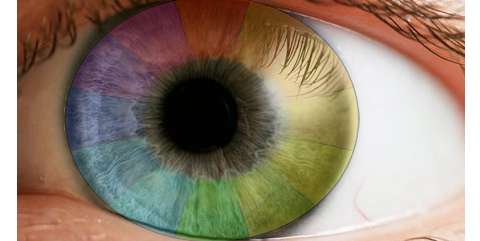Ever put diesel in your car by accident? It’s not an easy mistake, but people still figure out ways to do it—the car will cut out after a few miles, at which point the unlucky driver will need to hire a professional to drain their tank, lines, and injectors. But so long as the vehicle isn’t on a highway, there’s little risk of injury.
It’s a different story in aviation. Planes don’t get to pull over to the shoulder and pop the hood if there’s a problem, and pilots who put diesel fuel, Jet A, or even ordinary automotive gasoline (MoGas) in their tanks could quite literally fall out of the sky. This is, of course, why refineries follow ASTM standards1 that govern the coloration of aviation gasoline (AvGas).
But because the petrochemical industry has standardized the dyeing process, AvGas of any grade or shade must pass rigorous quality control before leaving the refinery. Your samples must be subjected to spectrometric testing to ensure the dyes have produced a solution within the color ranges identified by ASTM and upheld by the Federal Aviation Administration2. Since this process is so critical, it’s important to invest in the right equipment.
Color Quality Control at the Refinery
Due to the extra steps needed to ready it for high-performance aircraft piston engines, AvGas is already difficult and costly to produce3. Trouble in the quality control stage can cause you to lose your return on a particular batch entirely.
Spectrophotometric testing can help identify simple problems, such as the wrong dye color mixed with the wrong fuel batch. It can also hint at more complex issues—if the correct dye still results in the wrong color solution, you might need to search for problems at an earlier stage of production, whether impurities in the antioxidants used to improve stability, incorrect lead additive proportions, or inaccuracies in the distillation, alkylation, or isomerization phases of your process.
But problems can also arise from improper equipment, or from operator error, so quality control engineers must ensure that both their equipment and their processes are chosen correctly.
Since AvGas is a mostly transparent liquid, transmittance spectrophotometry is generally the most effective method of assessing its color. Engineers must choose spectrophotometers rated to correctly identify the color of transparent liquids, such as HunterLab’s UltraScan VIS Spectrophotometer or other machines capable of quantifying transmittance measurements in color space coordinates. Using standard illumination settings, such as D65 daylight, and standard sample containers, will ensure consistent readings batch-to-batch.
The Robinson R44 uses AvGas instead of Jet A. Image credit: Flickr user Aleksander Markin. Александр Мар. (CC by 2.0)







